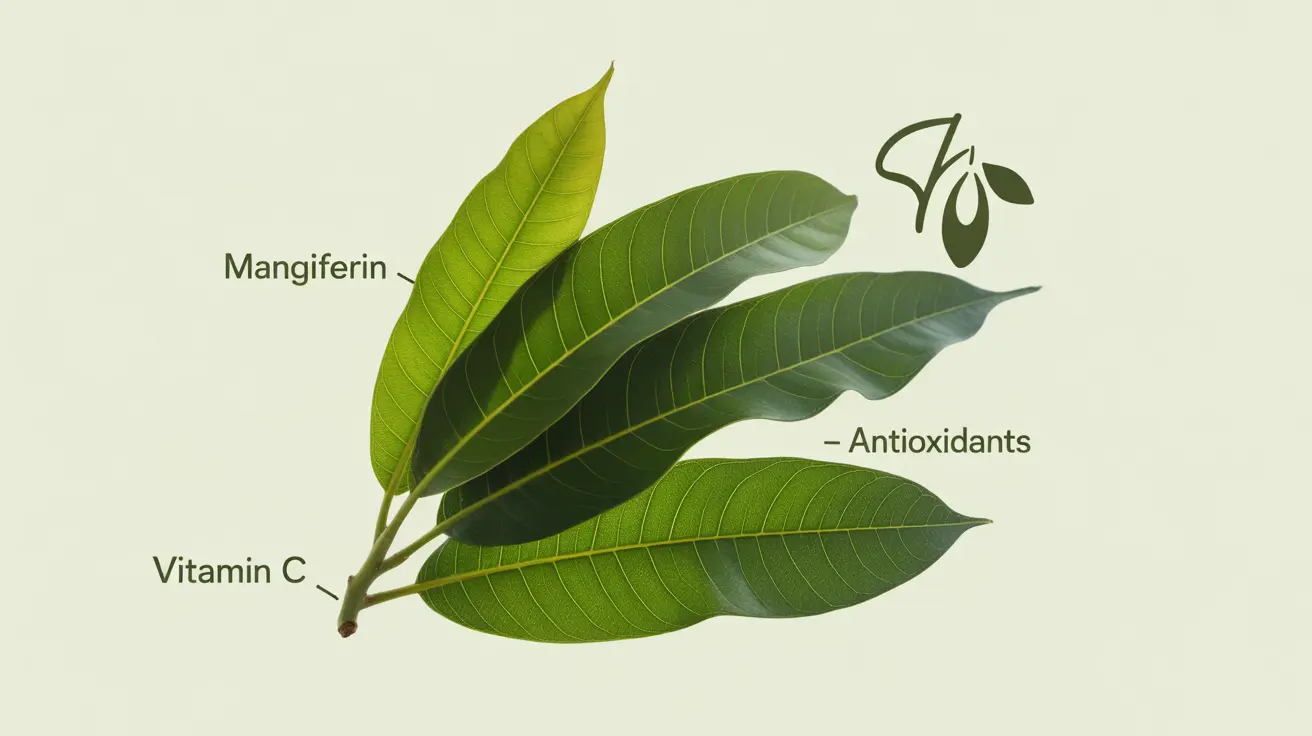Embarking on a no sugar challenge can be a transformative journey for your health and well-being. This comprehensive guide will help you understand the benefits of eliminating added sugars from your diet and provide practical strategies for success during your 30-day journey.
Whether you're looking to improve your energy levels, manage your weight, or break free from sugar cravings, this guide will equip you with the knowledge and tools needed to complete your sugar-free challenge successfully.
Understanding the Benefits of a No Sugar Challenge
Taking on a no sugar challenge can lead to numerous positive changes in your body and overall health. Many participants report increased energy levels, improved mental clarity, and better sleep quality within the first few weeks. Additionally, eliminating added sugars can help stabilize blood sugar levels, reduce inflammation, and support healthy weight management.
The challenge also helps reset your taste buds, making naturally sweet foods more satisfying and reducing your dependency on processed sugars for satisfaction.
Identifying Hidden Sugars in Your Diet
Success in your no sugar challenge begins with understanding where sugars hide in common foods. Manufacturers often use different names for sugar on ingredient labels, making it crucial to know what to look for.
Common Sugar Aliases to Watch For
- High fructose corn syrup
- Dextrose
- Maltose
- Sucrose
- Corn syrup solids
- Rice syrup
- Agave nectar
Unexpected Sources of Hidden Sugars
- Salad dressings
- Pasta sauces
- Bread products
- Flavored yogurt
- Granola and cereals
- Condiments
- Protein bars
Preparing for Your No Sugar Challenge
Proper preparation is key to successfully completing your 30-day no sugar challenge. Start by cleaning out your pantry and refrigerator, removing or setting aside foods containing added sugars. Stock up on whole, unprocessed foods that will form the foundation of your new eating pattern.
Essential Sugar-Free Foods to Keep on Hand
- Fresh fruits and vegetables
- Lean proteins
- Nuts and seeds
- Whole grains
- Healthy fats like avocados and olive oil
- Plain dairy products
- Herbs and spices for flavoring
Managing Cravings and Withdrawal
The first few days of your no sugar challenge may be challenging as your body adjusts to the absence of added sugars. Some people experience temporary symptoms like headaches, fatigue, or intense cravings. These typically subside within the first week as your body adapts to its new fuel sources.
Strategies for Dealing with Sugar Cravings
- Stay hydrated with water
- Eat regular, balanced meals
- Include protein with each meal
- Keep healthy snacks readily available
- Practice stress-management techniques
- Get adequate sleep
- Stay physically active
Reintroducing Sugar After the Challenge
After completing your 30-day no sugar challenge, it's important to have a plan for maintaining your progress while gradually reintroducing certain foods. This helps prevent overwhelming your system and maintains the benefits you've achieved.
Frequently Asked Questions
What are some common health benefits of completing a 30-day no sugar challenge?
Common benefits include improved energy levels, better weight management, clearer skin, reduced inflammation, stabilized blood sugar levels, better sleep quality, and decreased sugar cravings. Many people also report improved mental clarity and mood stability.
How do I identify and avoid hidden sugars in everyday foods during the challenge?
Read ingredient labels carefully and look for sugar's many aliases. Focus on whole, unprocessed foods, and prepare meals at home when possible. Be particularly vigilant with packaged foods, condiments, and beverages, as these often contain hidden sugars.
Can a no sugar diet help with weight management and reducing the risk of chronic diseases like diabetes?
Yes, eliminating added sugars can support weight management by reducing empty calories and helping regulate insulin levels. This dietary change may also help reduce the risk of type 2 diabetes, heart disease, and other chronic conditions associated with high sugar consumption.
What are some practical tips for staying motivated and successful during a no sugar challenge?
Track your progress, join a support group or challenge community, prepare meals in advance, keep healthy alternatives readily available, and celebrate non-scale victories like improved energy and better sleep. Having an accountability partner can also increase your chances of success.
How do I safely reintroduce sugar into my diet after completing a no sugar challenge?
Start slowly by adding one food at a time, beginning with natural sugars from whole fruits. Wait a few days between introducing new foods to observe how your body responds. Focus on maintaining a primarily low-sugar diet while allowing occasional mindful indulgences.




